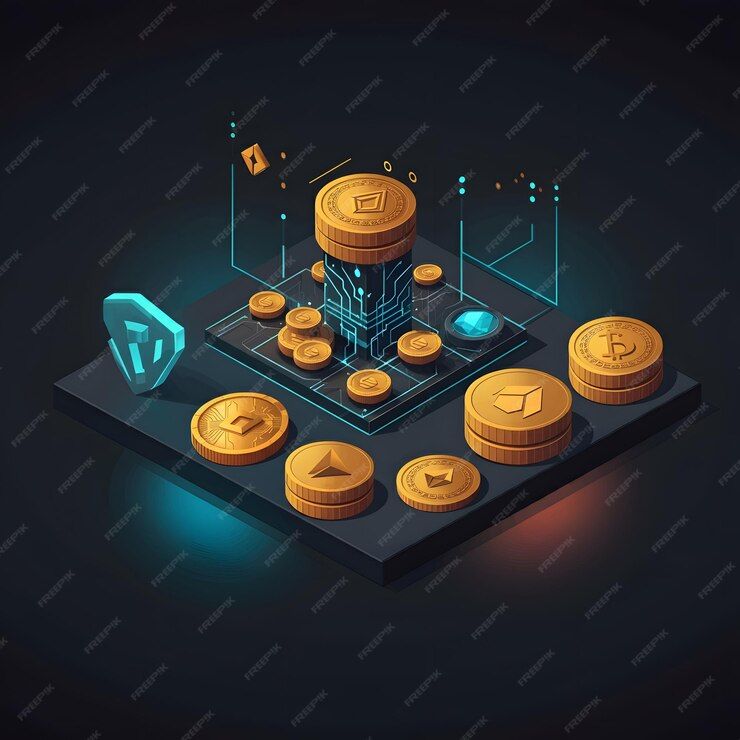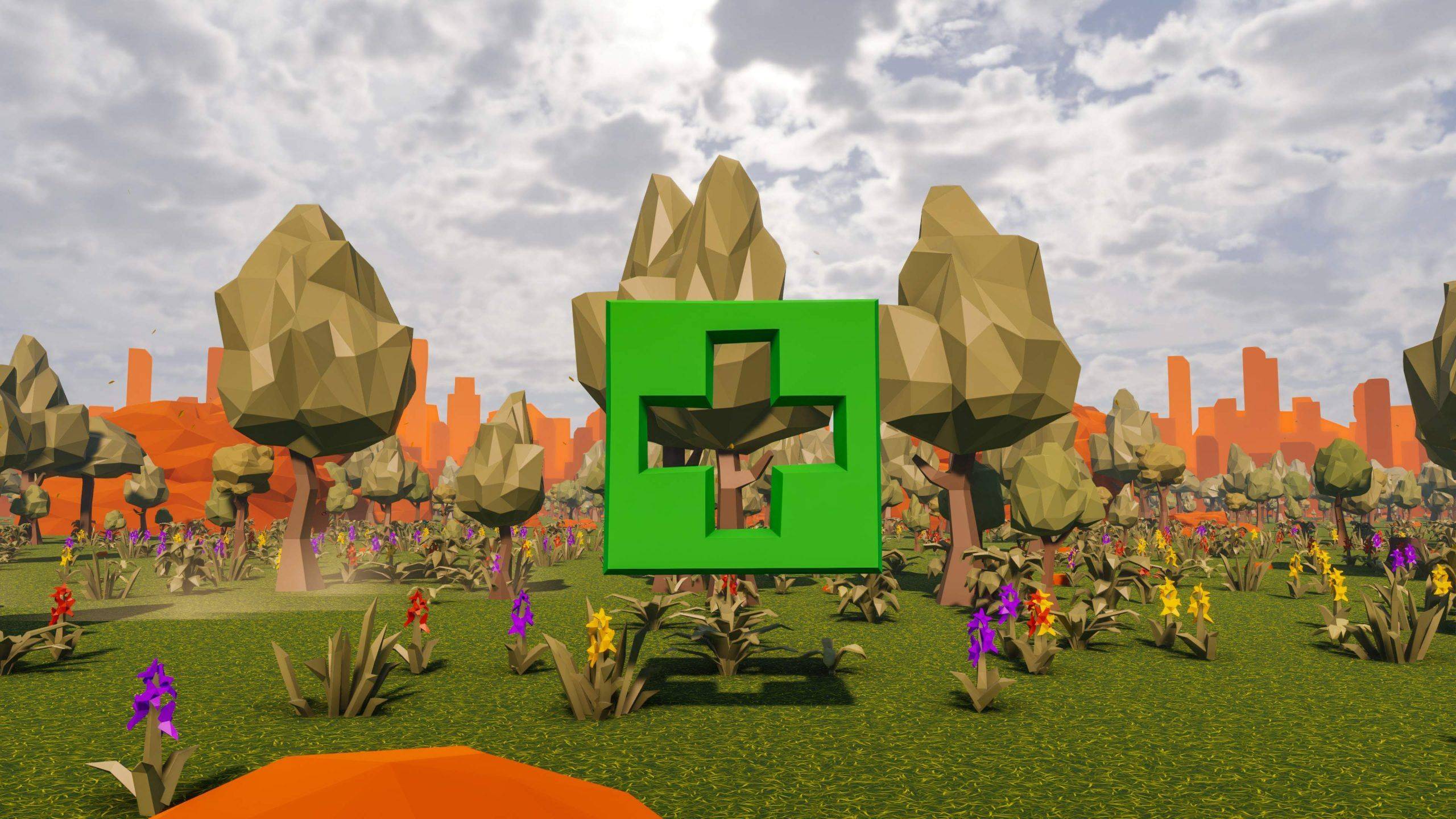How to Build an Assets Tokenization Platform
In today’s digital landscape, asset tokenization has emerged as a revolutionary concept for transforming how businesses manage and transfer assets. By leveraging blockchain technology, asset tokenization allows physical and digital assets to be converted into tokens, making it easier to trade, transfer, and store these assets securely and transparently.
This guide will discuss the key steps in building an asset tokenization platform, the technologies required, and how businesses can benefit from this growing trend. Along the way, we will explore important considerations for asset tokenization development to ensure your platform is secure, scalable, and successful.
What Is Asset Tokenization?
Asset tokenization refers to converting ownership rights of a real-world asset (such as real estate, stocks, or commodities) into a digital token on a blockchain. These tokens can then be traded, transferred, or divided among multiple investors, giving them fractional asset ownership.
Tokenization enables the efficient use of assets, improves liquidity, and opens up new investment opportunities. It also offers increased security and transparency, as all transactions are recorded on a decentralized ledger.
Why Invest in an Asset Tokenization Platform?
Before diving into the technical aspects of building a tokenization platform, it’s essential to understand the benefits:
- Increased Liquidity: By tokenizing assets, especially illiquid ones like real estate, businesses can enable fractional ownership and open up new opportunities for investors. This creates a more liquid market.
- Lower Transaction Costs: Traditional financial intermediaries are often costly. Blockchain technology reduces the need for intermediaries, resulting in lower fees.
- Global Accessibility: Asset tokenization allows global investors to participate in the trading of assets, leading to a more inclusive and diversified market.
- Improved Transparency: All transactions recorded on the blockchain are immutable and transparent, reducing fraud and increasing trust.
- Faster Settlement Times: Blockchain technology enables near-instant settlements, eliminating delays that are common in traditional asset transfers.
Step-by-Step Guide to Building an Asset Tokenization Platform
1. Define the Assets to Be Tokenized
The first step in the development process is identifying the type of assets you want to tokenize. These can range from physical assets like real estate and art to digital assets such as stocks or intellectual property.
- Real Estate: One of the most popular sectors for asset tokenization due to its high value and liquidity challenges.
- Commodities: Precious metals, oil, and other commodities can be tokenized for fractional ownership.
- Equities: Shares of companies can be tokenized, allowing for global and fractional investment opportunities.
2. Select the Blockchain Technology
Blockchain technology is critical for building a secure and scalable tokenization platform. Several blockchain networks offer tokenization features, and the choice will depend on the project’s speed, scalability, and security requirements.
- Ethereum: As the most widely used blockchain for tokenization, Ethereum supports the ERC-20 standard for fungible tokens and the ERC-721 standard for non-fungible tokens (NFTs).
- Binance Smart Chain (BSC): Known for its lower transaction fees and fast processing times, BSC is a popular alternative to Ethereum.
- Tezos: A self-amending blockchain with a focus on governance and energy efficiency, Tezos is a strong choice for tokenizing assets while ensuring decentralization.
Additionally, you may want to explore layer-2 scaling solutions like Polygon to improve transaction speed and reduce costs.
3. Choose the Token Standard
The token standard defines the rules and properties that tokens must follow. The two most commonly used standards for asset tokenization are:
- ERC-20: A fungible token standard used for assets that are divisible and identical in value. This is ideal for assets like commodities or shares.
- ERC-721: A non-fungible token standard (NFT), perfect for unique assets like real estate or artwork, where each token represents something distinct.
Selecting the appropriate standard will depend on whether you want to tokenize fungible or non-fungible assets.
4. Develop Smart Contracts
Smart contracts are self-executing programs that automate the terms of the asset tokenization and transfer process. These contracts ensure that the asset tokenization platform operates smoothly, without the need for intermediaries.
Key functions of smart contracts include:
- Ownership Transfer: Automating the transfer of ownership when the token is traded or sold.
- Compliance Management: Ensuring that all trades meet regulatory requirements.
- Fractional Ownership: Enabling fractional ownership for large assets, such as real estate.
Smart contracts must be carefully audited to avoid security vulnerabilities that could be exploited by bad actors.
5. Ensure Regulatory Compliance
Asset tokenization often involves real-world assets, which are subject to strict regulatory requirements. Ensuring compliance with regulations such as securities laws, anti-money laundering (AML) policies, and know-your-customer (KYC) requirements is essential.
Key considerations include:
- Security Token Offerings (STOs): In many jurisdictions, tokenized assets are considered securities, which means you may need to conduct an STO that complies with local regulations.
- KYC/AML Integration: Integrating KYC and AML procedures into the platform ensures that all participants are verified, reducing the risk of fraudulent activities.
6. Build a User-Friendly Interface
To ensure widespread adoption, your platform must have an intuitive and user-friendly interface. The goal is to make it easy for users to tokenize, trade, and manage their assets.
Key features to include:
- Tokenization Dashboard: Allowing users to view their tokenized assets, fractional ownership, and transaction history.
- Trading Functionality: Enabling the buying, selling, and trading of tokenized assets within the platform.
- Wallet Integration: Supporting integration with popular cryptocurrency wallets for easy storage and transfer of tokens.
7. Testing and Security Audits
Security is paramount in any blockchain-based platform. Before launching the platform, it’s critical to perform extensive testing and security audits, especially of the smart contracts. Hiring third-party auditors to review your platform’s code can help identify vulnerabilities that may otherwise be missed.
8. Launch and Ongoing Maintenance
Once your platform is built, tested, and compliant with regulations, it’s time to launch. However, the process doesn’t end here. Regular maintenance, updates, and support are crucial to ensuring that your platform remains secure and scalable as the user base grows.
Conclusion
Building an asset tokenization platform requires a deep understanding of blockchain technology, token standards, regulatory requirements, and security best practices. By carefully planning each step, from selecting the right blockchain to developing smart contracts and ensuring compliance, you can create a platform that provides investors transparency, liquidity, and global access.
Assets tokenization development opens up new opportunities for businesses to leverage their assets innovatively while benefiting from blockchain technology’s efficiency and security.
FAQs
1. What is asset tokenization?
Asset tokenization is the process of converting ownership rights of a physical or digital asset into a digital token on a blockchain, making it easier to transfer, trade, and divide ownership.
2. What types of assets can be tokenized?
Physical assets like real estate, commodities, and artwork can be tokenized, as well as digital assets such as stocks, bonds, and intellectual property.
3. What are the benefits of an asset tokenization platform?
Benefits include increased liquidity, lower transaction costs, improved transparency, and faster settlement times for trading assets.
4. What is the role of smart contracts in asset tokenization?
Smart contracts automate the processes of ownership transfer, compliance, and fractional ownership, ensuring the platform operates smoothly without intermediaries.
5. How do I ensure regulatory compliance when building an asset tokenization platform?
Compliance can be achieved by following securities regulations, conducting Security Token Offerings (STOs), and implementing KYC/AML procedures.







Post Comment